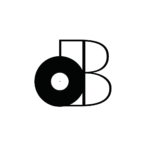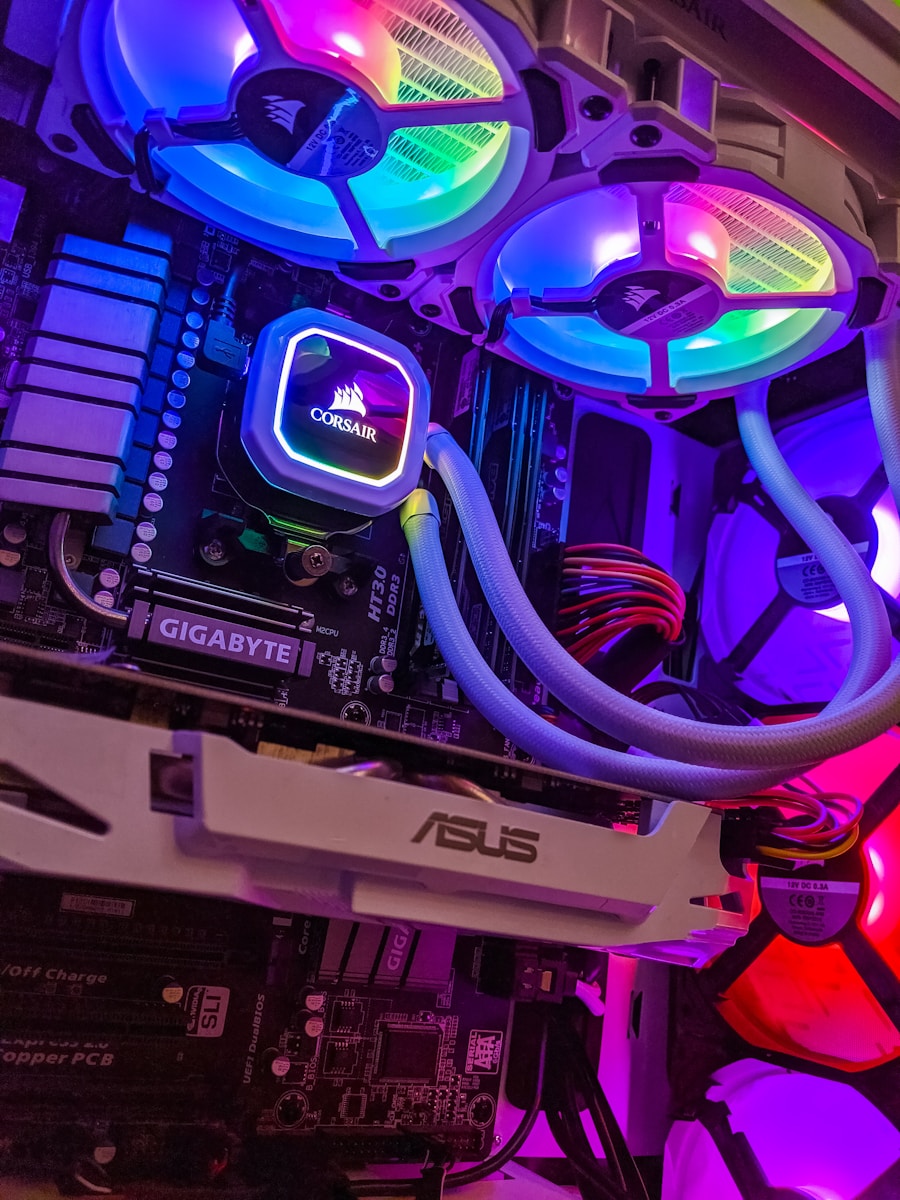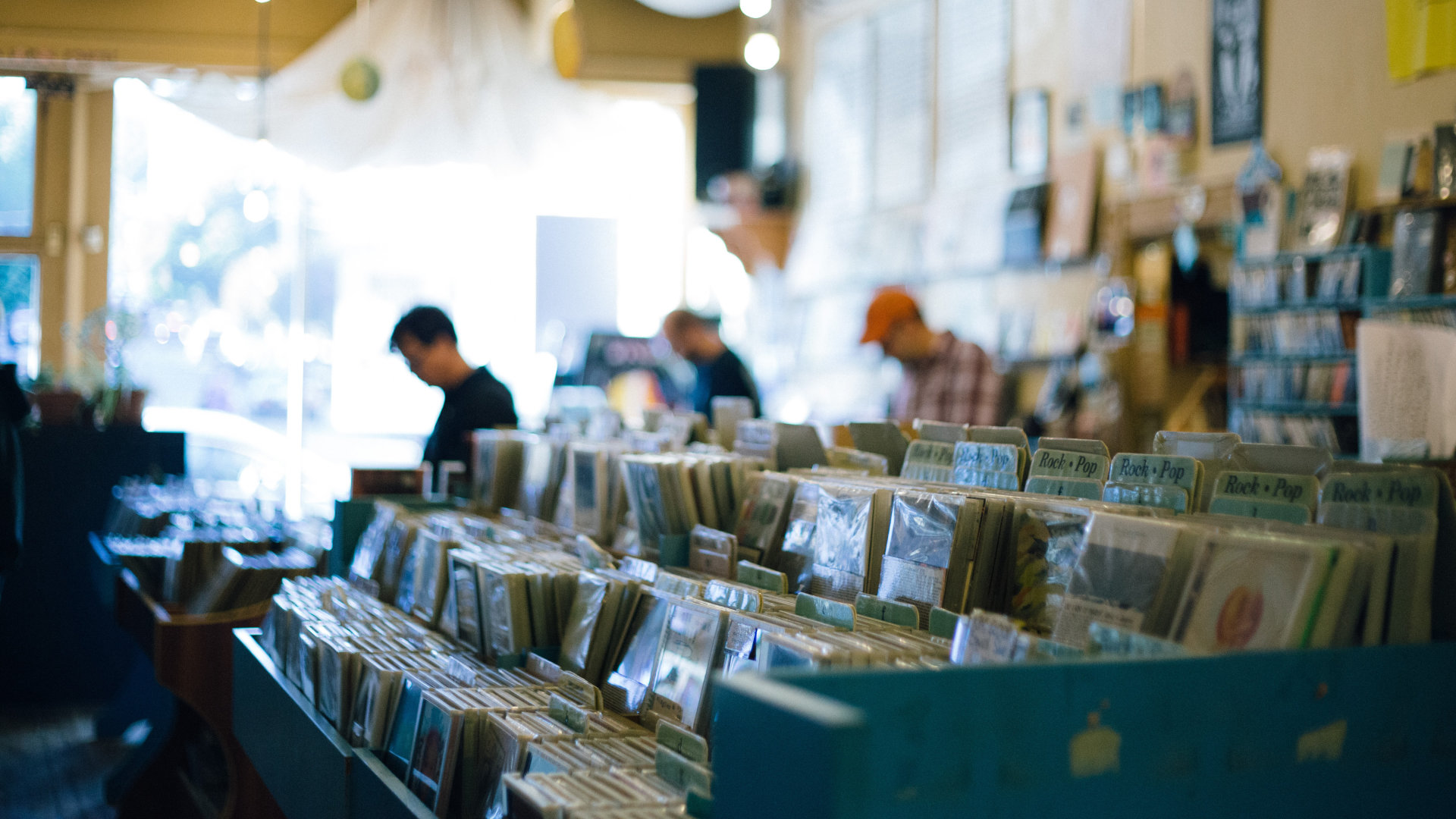Did you know that foley artists are (and have always been) in-demand?
That’s why we’re going to learn how to record Foley sound effects in your home studio!
Whether you’re planning to make sound effects for film, television, commercials and/or video games, you’ll need to set yourself up to meet the demands of the industry.
It’s actually not that difficult to set up a recording space to record Foley sound effects.
I managed to get that going in my commercial recording space and you can also do it at home.
By the end of this article, you’ll know everything you need to get started. I’ll even be talking about the origins of Foley, showing you some examples and how to properly mic them.
So, let’s dive right into the world of Foley…
- Foley Sound Effects vs Stock Sound Effects
- Equipment Needed To Record Foley Sound Effects
- 3 Different Types of Foley Sound Effects
- 4 Foley Sound Effects You Can Make Using Household Items
- Summary: How To Record Foley Sound Effects In Your Home Studio
Foley Sound Effects vs Stock Sound Effects
Let me make it REAL simple for you…
Foley is the art of recording sound effects in REAL-TIME to visual media (movie, commercial, etc…).
Sound effects are simply the final product. That being said, there’s a difference between using stock sound effects and working with an actual Foley artist.
For example, you might need to overdub the sound of footsteps that are actually synchronized with the actor (let’s say the shot is focused on the shoes).
Not only that… You also need to take the type of shoe and surface into consideration.
It MIGHT be possible to achieve that with stock sound effects and editing, but it’s not the same!
The truth is, it isn’t always possible to record these sounds on-set (with decent results anyway). That’s why the film industry developed a need for Foley artists and Foley studios.
So, why the capital “F”?
That’s because the first Foley artist was named Jack Foley. Now you know!
I’m not saying that you can’t use stock sound effects sometimes. I’m just saying that there are going to be situations that require a Foley artist.
That’ll be the sound designer’s decision to make.
OR maybe the sound designer is also a Foley artist?
Either way, I hope that you’re starting to get the picture! The next section is going to explain what you’ll need to complete your duties as a Foley artist.
It’ll take some work, but it’s much easier than you think to get started!
Equipment Needed To Record Foley Sound Effects
First thing’s first… You need an adequate recording space!
Here are TWO articles you should definitely read before moving on…
That’ll cover you for much more than just Foley, but you definitely need a well-treated room to record Foley sound effects. It doesn’t need to be 100% soundproof, but close.
The next thing we need to talk about is MICROPHONES!!
Microphones for Foley
If you’re looking for a “Foley microphone”, it doesn’t exist. Foley artists usually have a collection of different types of microphones and experiment with them.
However, you will need to have at least one…
- Condenser Microphone (Supercardioid or Hypercardioid)
- Shotgun (Condenser) Microphone w/ Microphone Capsule
So, why condenser microphones? We need SENSITIVITY.
Dynamic microphones might seem like a good option (especially at home), but they’re not going to be sensitive enough for Foley sound effects.
What about ribbon microphones? We need something DURABLE.
We’re going to be working with water, dirt, etc… So we need a microphone that can withstand some abuse. That’s why condenser microphones provide the best of both worlds.
The shotgun microphone with a microphone capsule is your safest bet!
If you really want to get fancy though, you can also incorporate an omnidirectional (or bi-directional) condenser microphone to capture the room tone/soundstage.
Of course, you can always cheat by using reverb/spatialization in post-production!
Okay, now we just need to talk about PROPS!!
Props for Foley
Undoubtedly, the most important element of Foley is the props.
For starters, you’ll definitely want to start collecting surfaces from the hardware store…
- Wood
- Vinyl
- Linoleum
- Granite
- Stone
- Brick
- Earth
- Mud (Earth + Water)
You’ll also want to have a few different types of shoes (including high-heels).
We’ll be talking more about the different categories of Foley in the next section, but all of this basically falls into the “footsteps” category.
Most of the work you’ll be doing involves synchronizing Foley sounds to footsteps.
Everything else… You’ll simply need to start getting creative.
The art of Foley is about taking everyday objects and using them to imitate the sounds you’re trying to create. You most likely have objects lying around that you never thought of using!
For example, you’ll definitely need different types of clothing/fabric for “movements”.
Just about everything you see can be used to create interesting sounds, so start looking at your environment differently and collecting things.
You can start organizing them in boxes if that helps!
3 Different Types of Foley Sound Effects
So, I briefly alluded to the different types of Foley in the previous section.
There are basically 3 different categories…
- Footsteps
- Movements
- Specifics
When it comes to footsteps, we’re also talking about animals BTW!!
Just remember that coconut shells can be used to recreate the sound of a horse’s hooves and you’re good to go (well, kind of)!
Movements are more subtle and require more careful consideration.
It can be as simple as a man scratching his beard or as complex as love-making…
What are “specifics”?
Well, everything that doesn’t fall into “footsteps” or “movements” falls into the “specifics” category. For example, the sound of a lightsaber from Star Wars.
That’s definitely the category that’ll require the most imagination!
Now, let’s actually learn how to create some Foley sound effects with some examples…
4 Foley Sound Effects You Can Make Using Household Items
1. Fire Burning w/ Cellophane Wrap
This one is pretty easy!
If you don’t have cellophane wrap around the house, you can buy it pretty much everywhere (like at the grocery store).
Even if you had a fireplace, it’d still be difficult to get clean fire sounds.
It’ll sound much better if you simply crumble cellophane wrap!
2. Horse Walking w/ Coconut Shells
It’s much easier to mimic a horse walking with coconut shells.
I admit, getting a coconut open isn’t always the easiest job, but it’s worth it for this! Try to get it to crack in half and make it as clean as possible.
Once you’ve cleaned out the coconut milk and meat, you’re good to go.
You can clack them against each other or on any surface you need to reproduce.
3. Bones Breaking w/ Celery and Carrots
It’ll be much easier to break bones with celery and/or carrots.
Even if you had actual bones, it’d be much more difficult to break them and to get a decent sound.
Just snap your veggies and have fun with it!
You can even try biting the carrot to get some variations going.
4. Gory Gruesomeness w/ Bell Peppers and Citrus
Making gore sounds with bell peppers and citrus has got to be the most fun!
You can literally do it for hours and keep coming up with different variations.
You’ll want to tear into the bell peppers with your bare hands to get the best results. You can do the same with the citrus, but you can also use a knife for more precise sounds.
Just make sure to cover your microphone(s), it’ll get juicy!
I also recommend getting some type of splash screen installed.
Summary: How To Record Foley Sound Effects In Your Home Studio
Now, you can start to record Foley sound effects in the comfort of your own home studio!
I recommend getting some practice through experimentation just with the sounds before synchronizing anything in real-time.
That’s probably going to be the most difficult part of the trade (and also what the trade is all about).
However, having a solid repertoire of objects to create pretty much any sound you can think of is going to be the foundation of your work as a Foley artist.
The recording space doesn’t need to be anything fancy (unlike for music).
You just need a well-treated room with a couple of good condenser microphones.
The props are basically all around you, but I definitely recommend getting yourself some boxes to store all the items you’ll be collecting throughout your Foley career.
Sometimes, it might seem like recording the actual thing you’re trying to replicate is best, but that’s almost never the case.
Get into the habit of finding objects that actually sound better than the real thing.
Remember, we’re trying to ENHANCE reality!
If you have any questions about Foley, sound design or anything else we talked about today… Let me know in the comments!
Also, feel free to share your favourite Foley tips and tricks!
Sources
https://www.ipr.edu/blogs/sound-design-for-visual-media/foley-sound-effects-sound-design/
https://www.nfi.edu/foley-artist/
https://blog.accusonus.com/sound-effects/homemade-sound-effects/
https://www.premiumbeat.com/blog/recording-foley-and-sound-effects-the-fundamentals/




